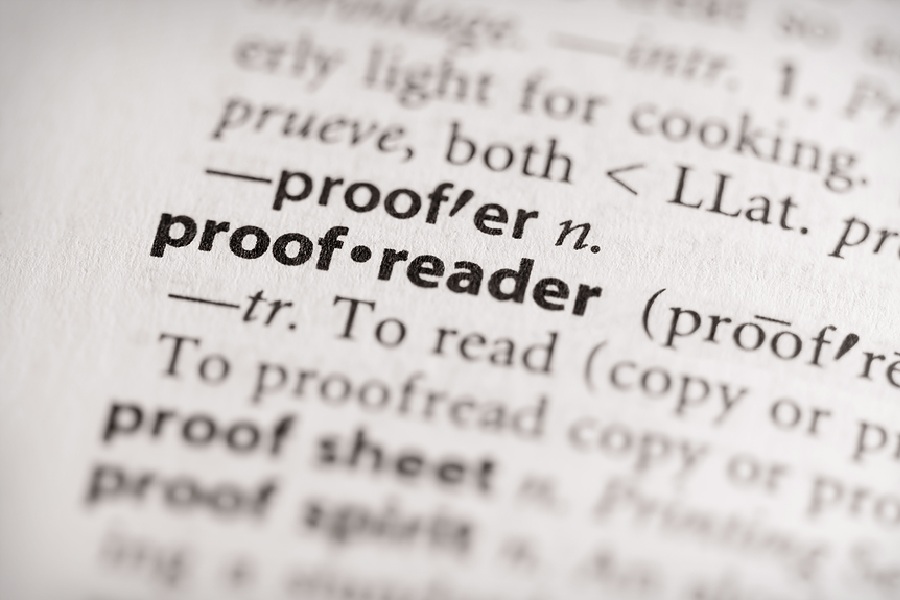Legal transcriptionists will quickly discover that each court prefers a different style, often much different from the method learned in school and perfected over time. The smart legal transcriptionist knows we are here to produce the very best legal record possible. To that end, the rule is that client preferences should always be carefully understood and followed.
A great legal transcriptionist makes the effort to thoroughly review the four main references typically used to produce a consistent, accurate record. These essential manuals are Morson’s English Guide for Court Reporters, Bad Grammar/Good Punctuation, Gregg Reference Manual, and the Chicago Manual of Style.
Morson’s English Guide for Court Reporters
This guide was first published in 1974 and written by court reporter Lillian I. Morson with a revision in 1988. The second edition was most recently published in 1997. This reference manual is used by many court reporting schools and is a widely-known reference used by many court reporters and legal transcriptionists today. Short of any client preferences, this is the manual we follow.
Bad Grammar/Good Punctuation
A newer, but fantastic, reference for reporters, legal transcriptionists and proofreaders. Court Reporting: Bad Grammar/Good Punctuation is a more recent manual, arriving in 2010, from court reporter Margaret L. Wakeman Wells. Margaret L. Wakeman Wells also sells workbooks and other manuals to accompany this thorough reference guide.
Gregg Reference Manual
The Gregg Reference Manual is another older stalwart like Morson’s, first published in 1951 under the the title of the Reference Manual for Stenographers and Typists by Ruth E. Gavin. The latest edition, the 11th from William A. Sabin, is another very popular authority on style, usage, and grammar and is an often-cited resource by CR schools and professionals alike.
Chicago Manual of Style
The last manual often referenced by court reporters is a manual used by both journalists and novelists: The Chicago Manual of Style. This reference is considered an authority by thousands of publications across the United States and abroad. It is also often the standard text for university-level theses and dissertations. First published in 1906, the book is now available online or in print and has undergone numerous revisions since its initial publication. This manual undergoes the most change of any of those listed in this article so staying on top of it is a task in itself. Some clients prefer this reference, so it’s wise to become familiar with it.
Summary
Besides the links provided above, all of these reference manuals should be available through websites like Amazon.com or other popular online retailers. The best (and most affordable) source we’ve found for Morson’s English Guide for Court Reporters is the NVRA bookstore.
Our advice for new legal transcriptionists is to master one reference before moving on to the next and, due to its ever-changing rules, save The Chicago Manual of Style for last. Over time, you can develop a firm grasp of all of these references to best adhere to each client’s preferences.
We’re Hiring
If you are an experienced and certified legal transcriptionist looking to work with a company that offers top page rates and the opportunity to collaborate with a group of like-minded professionals, we want to hear from you.


 Legal Transcription, Proofreading, and the Bottom Line
Legal Transcription, Proofreading, and the Bottom Line

Great resources! I use LMEG and it has the answer for every transcript scenario. I am bookmarking this blog, lots of useful information.
Hi Rene! Good references make all the difference. Thanks so much for your visit and feedback. We really appreciate it!